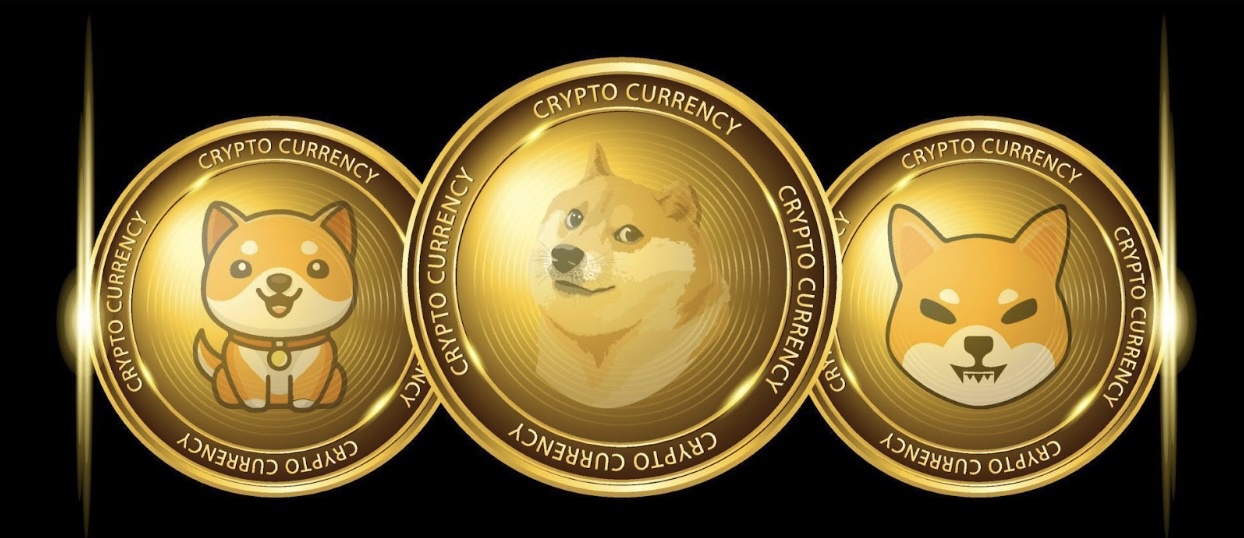May 06 (News On Japan) - Meme coins have become a hot topic in the crypto landscape, with their charm lying in their imagery as well as their inherent narrative.

These digital assets drive participation and attention through their names, images, and stories, making the investment paradigm a gamified experience infused with creativity and fun. Furthermore, collective identity and community engagement enhance the adoption and marketing of meme coins. The revolution of meme coins started with Dogecoin in 2013, which was inspired by the iconic DOGE meme circulating on the Internet. While Dogecoin was meant to be only a joke initially, it saw a rapid boom in popularity, fueling the rise of many other similar projects, such as Shiba Inu and Pepe, which have attracted numerous investors.
However, at the same time, meme coins have received criticism for their lack of real value and utility. For a long time, investors have heard that they should steer clear of meme coins because they are too speculative and risky, and they aren’t a good option when it comes to building wealth. And yet, it’s impossible to ignore those stories of people who have made millions with meme coins. So, considering this aspect, one can’t help but wonder,” Are meme coins worth including in a long-term investment portfolio?” This blog aims to answer this question by exploring meme coins in detail, so read on!
How do meme coins work?
Meme coins work similarly to other cryptocurrencies out there. A group or an individual creates a token, generally on an existing blockchain, and starts to raise awareness around it. For instance, Solana was among the top blockchains that meme coin creators used in 2024. Most meme coins lack a use case, and they are only created to be convertible and tradable. They are listed on many crypto exchanges, and their daily trading volumes surpassed $6 billion at the beginning of 2025. Meme coins become available to the public through decentralized exchanges, but some centralized exchanges also list the top memes among all the millions of them that are available on the market.
Meme coins rely on social media trends and speculation, meaning that their value can go up or down based on how well they are embraced online. Furthermore, the endorsement of public figures or celebrities can also impact the value of meme coins. When potential investors see a high-profile figure posting about a meme coin, they naturally become attracted to it and consider buying it. As a result of this hype that is built around the coin, its value increases.
Are meme coins a good investment for the long haul?
The meme coin phenomenon combines different factors: the increasing divide between society’s “haves” and “have-nots,” the rise of populism, the popularity of meme culture and social media, and the increased anxiety that young people feel about not living life better than their parents. These are some of the factors that push investors into buying meme coins. If AI is here to take jobs and if the American Dream doesn’t seem as achievable as it may once have been, meme coins become a viable option, although they are risky, and that’s because they provide the allure of substantial returns.
But here’s the thing: if you do decide to invest in meme coins, it’s essential to approach them smartly to avoid losing money. For instance, diversification is a golden rule of investing for a reason, as it helps you mitigate risk and avoid significant consequences in case a meme coin doesn’t perform as expected.
Furthermore, if you want to mitigate the risks of meme coins, there are now plenty of options to buy them indirectly rather than directly. For instance, you can invest in Layer-1 blockchains such as Solana, where meme coins are created and traded actively. For example, the Trump meme coin was launched on Solana because this blockchain has become the top choice for meme coins. During the past year, Solana’s activity metrics have seen a major uptick, with the number of new users increasing exponentially alongside the overall transaction activity. Even the 24-hour trading volume has surpassed that of Ethereum. But there are other options you have if you don’t want to buy meme coins directly, such as experimenting with AI agents, which can do all the heavy lifting for you when it comes to successfully navigating the meme coin landscape. Furthermore, there’s a strong likelihood that ETFs will also emerge for meme coins like Dogecoin, dogwifhat, and Shiba Inu, which would allow you to diversify and mitigate the risks that come with holding individual meme coins.
How to capitalize on meme coins effectively
If you are comfortable with the risks involved, you may want to buy meme coins directly. In this case, it’s still wise to know how you can maximize your profits and keep losses at a minimum. First and foremost, meme coins aren’t created equal, so you should do your research to determine their roadmap, the team behind them, their tokenomics, and market trends. Researching is always a safe and smart way to invest rather than unthinkingly following the hype. Moreover, since meme coins are unpredictable, it’s a good idea to invest a small amount of money first instead of going all in.
When investing in meme coins, it’s common to deal with FOMO, especially as investors tend to rush and purchase immediately when the prices go high. However, this approach is unhelpful and can have devastating consequences on your portfolio, which is why it’s advisable to invest calmly and strategically instead. Of course, this is often easier said than done, but it’s definitely possible to learn how to control your emotions and be more mindful throughout your investing journey. Risk management is also paramount when navigating the meme coin landscape, so you need to set a stop-loss limit, which essentially refers to the price at which you will sell to prevent substantial losses. Not to mention that you should never invest more money than you can afford to lose.
The bottom line
There’s no doubt that making money with meme coins can be exciting, but it’s paramount to exercise caution and research projects beforehand. This will help you make a well-informed decision and stay on the right track when it comes to building long-term wealth.















